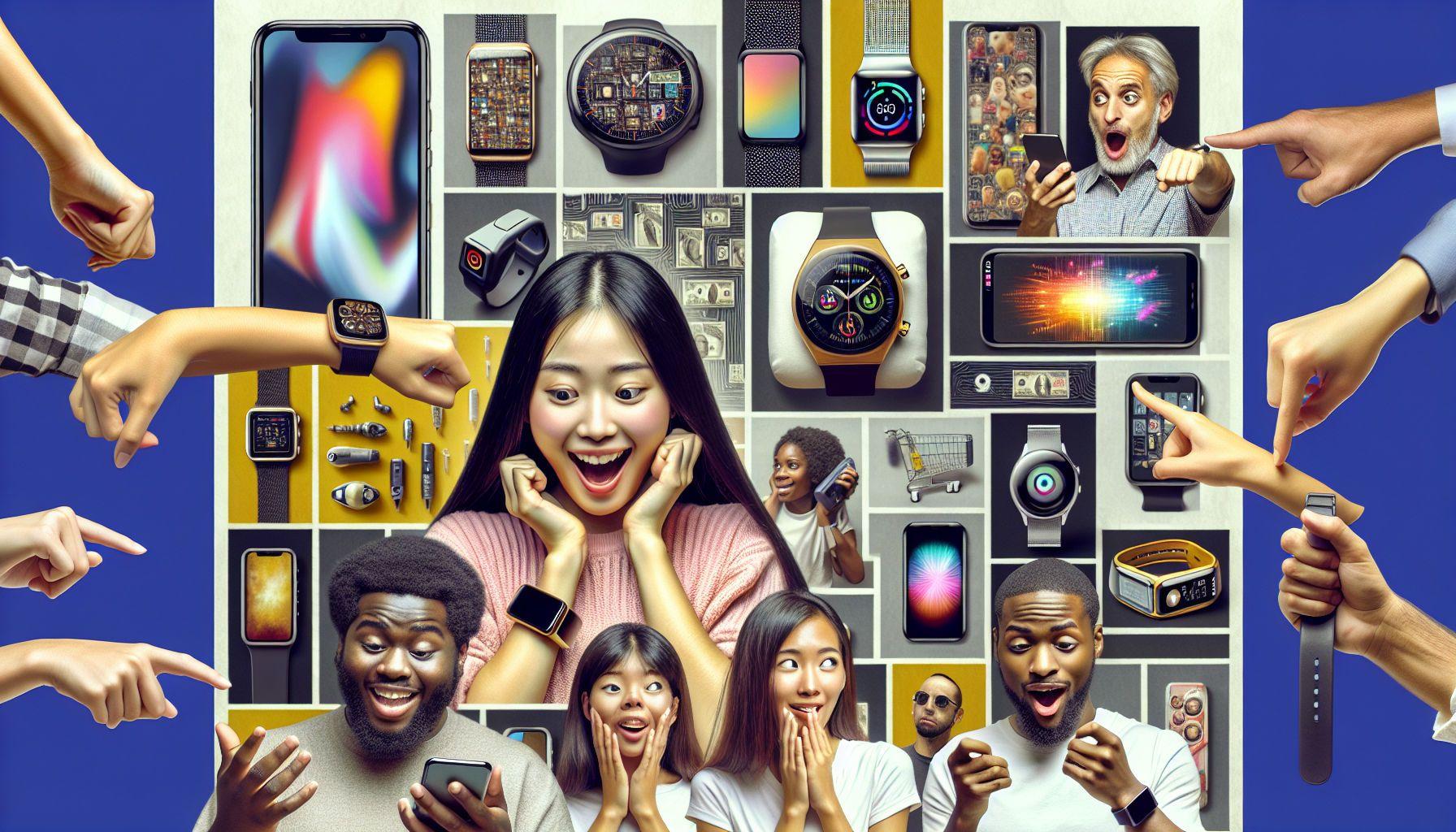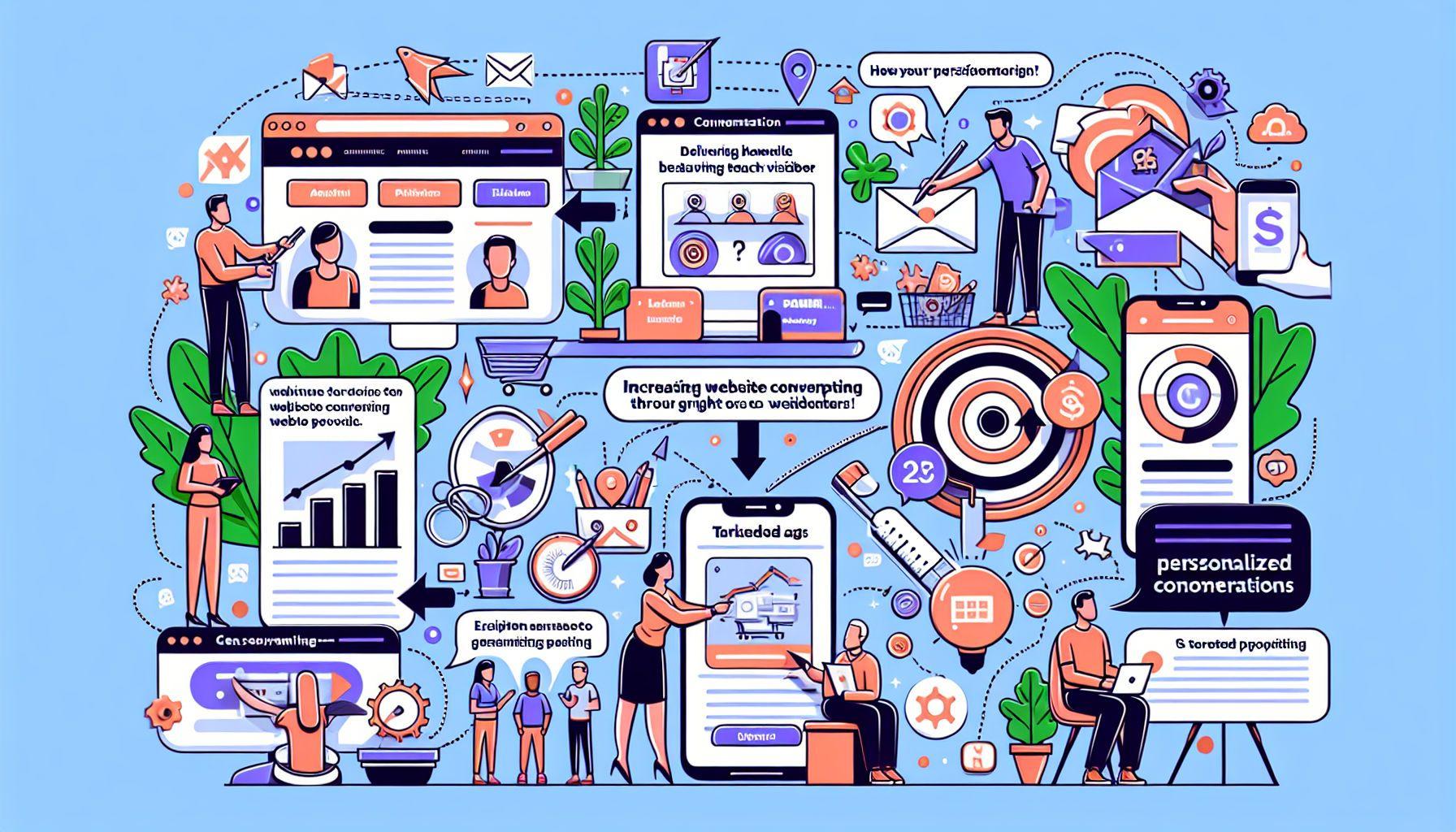The Emergence of New Technologies and Gadgets: How It Affects Consumer Behavior
November 7, 2024
•
8 minutes

Content
1. The rise of smart devices and home automation
2. Mobile technologies and one-click shopping
3. The influence of social media and video content
4. Personalization through artificial intelligence
5. Eco-consciousness and sustainable technology
6. Data security and privacy expectations
7. Health-focused gadgets and lifestyle changes
Conclusion
The emergence of new technologies and gadgets has a strong impact on consumer behavior, changing preferences, shopping habits, and user expectations. Each year, devices become more functional, accessible, and useful, shaping a new approach to product and service selection. Let’s look at the key trends influencing consumers and how brands are adapting their strategies in response to these changes.
1. The rise of smart devices and home automation
With growing interest in smart devices and smart home solutions such as smart speakers, cameras, and lighting systems, consumers increasingly choose products that integrate with other technologies to simplify daily tasks. For example, smart speakers like Amazon Echo and Google Nest allow users to control lighting, thermostats, and security systems through voice commands. This fuels interest in technologies that make homes more comfortable and secure.
2. Mobile technologies and one-click shopping
Modern smartphones, equipped with Apple Pay and Google Pay, have revolutionized online shopping. User-friendly apps and websites enable consumers to browse and buy products in just a few taps. Retailers like Amazon have integrated one-click purchasing for registered users, simplifying the buying process and speeding up decision-making.
With the rise of visual platforms such as Instagram, TikTok, and Pinterest, video content has become one of the most powerful drivers of consumer behavior. Brands use video reviews, short clips, and live streaming to showcase their products and services.
For instance, during the pandemic, Sephora used Instagram and TikTok to promote cosmetics through tutorials, influencer collaborations, and live Q&A sessions. This not only helped market products but also strengthened brand trust and community engagement.
4. Personalization through artificial intelligence
Consumers increasingly expect personalized experiences, and brands use machine learning and AI to analyze shopping data, interests, and behavior. Streaming platforms like Netflix and Spotify analyze user activity to recommend relevant content, which increases engagement and encourages repeat visits.
5. Eco-consciousness and sustainable technology
As environmental awareness grows, many consumers favor technologies and products that minimize environmental impact. Apple, for example, uses recycled materials in the production of iPhones, iPads, and MacBooks and has pledged to fully transition to renewable and recycled resources.
Consumers concerned about ecology prefer brands that support sustainability. Patagonia and Tesla focus on eco-friendly production, attracting environmentally conscious customers willing to pay more for values-aligned products.
6. Data security and privacy expectations
As companies collect more user data, privacy has become a top concern. Consumers are increasingly choosing devices that provide strong data protection. For example, new iOS versions from Apple give users control over app data permissions, increasing transparency and trust.
Brands that ensure data protection strengthen loyalty and reputation. Consumers now look for security features such as biometric locks and data encryption, prompting companies to integrate these technologies to meet expectations.
7. Health-focused gadgets and lifestyle changes
Wearable devices for health and fitness monitoring, such as Apple Watch and Fitbit, are transforming daily routines. These gadgets track heart rate, activity levels, step counts, and even sleep quality. For instance, Apple Watch reminds users to stay active and track workout progress.
Health-conscious consumers are adopting these devices to improve fitness and monitor well-being, which reshapes purchasing behavior. In response, brands continue developing new features and updates to motivate users to pursue healthier lifestyles.
Conclusion
New technologies and gadgets significantly shape consumer behavior, influencing purchasing decisions, expectations, and interests. Smart devices, mobile solutions, eco-friendly products, and personalization are key factors in modern consumer choices. To remain competitive, brands must adapt strategies by offering innovative, sustainable, and personalized products that align with evolving consumer demands.
Keywords: smart device integration, one-click mobile shopping, video content for customer engagement, eco-friendly production, content personalization, fitness gadgets.
Recent posts








